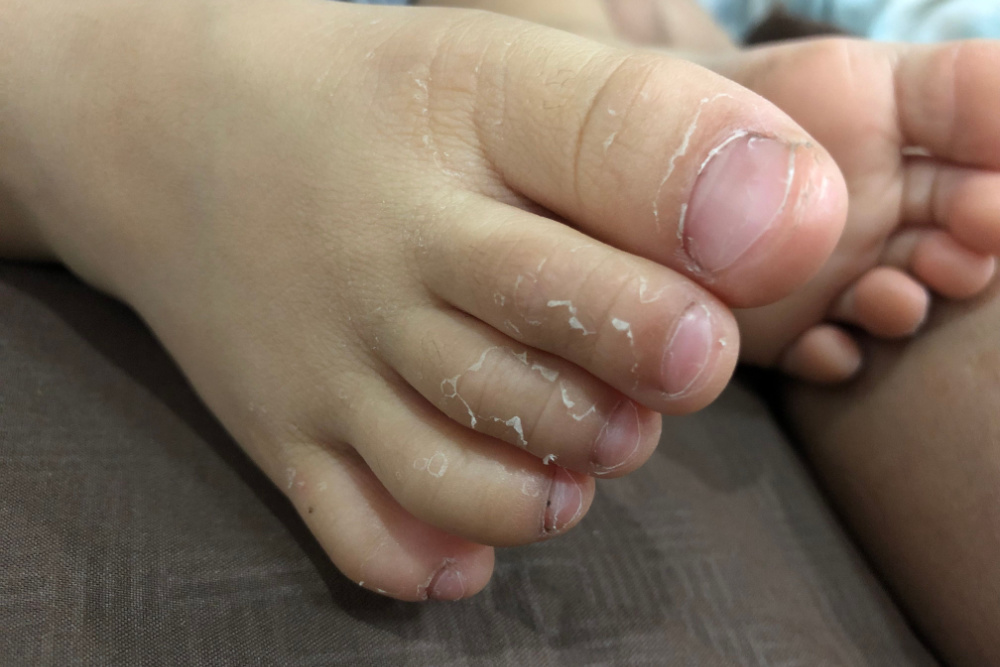Kawasaki Disease, a mysterious and potentially fatal illness affecting children, is raising alarm bells in Asia. It’s characterised by inflammation in blood vessels throughout the body.
Unravelling Kawasaki Disease
Primarily affecting children under five, Kawasaki Disease doesn’t discriminate by gender or race. The cause remains unknown, yet the effects can be severe.
The Asian Perspective
Asia, particularly Japan and Korea, reports the highest number of Kawasaki Disease cases globally. Japan leads with more than 14,000 cases reported annually, according to the latest health reports. Despite high numbers, awareness remains disappointingly low.
Potential Long-Term Impact
If undiagnosed or untreated, Kawasaki Disease can lead to serious heart problems. The most severe complication is the development of coronary artery aneurysms – a bulge in a blood vessel in the heart.
Early Detection and Diagnosis
Diagnosis of Kawasaki Disease relies on recognising the symptoms. There is no specific laboratory test. Early detection and treatment are crucial to prevent heart complications.

Spotting the Symptoms
Kawasaki Disease typically unfolds in two phases. The first phase can last for up to two weeks, and it usually begins with a persistent fever that is higher than 38°C (100.4°F) and lasts for at least five days. This fever often seems resistant to usual fever-reducing medications, which can be an important clue to this disease.
Other symptoms that typically develop in this first phase include redness in the eyes, a rash on the child’s stomach, chest, and genitals, and red, dry, cracked lips. Children may also experience red, swollen palms and soles of the feet. Swollen lymph nodes, particularly in the neck, are also common. Interestingly, in children who have had a BCG vaccine, the scar may become more prominent or redden.
As the disease progresses into the second phase, usually within two weeks of the fever’s onset, the skin on the child’s hands and feet may begin to peel. This phase can also include joint pain, diarrhoea, vomiting, or abdominal pain. We must remember that Kawasaki Disease might not always present all features, leading to its frequent misdiagnosis.
Dr Wong Keng Yean, pediatric doctor at Paediatric Cardiology explained the diagnosis process. He stated, “There is no specific diagnostic test but if 4 of 5 features are present, the diagnosis of KD is made. Incomplete KD is diagnosed when the features are 3 or less, in the presence of coronary artery dilatation.” He estimates that 50 out of 100,000 children in Singapore are affected by this condition.
Treatment Options
Treatment generally involves intravenous immunoglobulin (IVIG), a blood product that reduces inflammation of the blood vessels. Aspirin can also be used to lower fever and reduce inflammation. Dr Wong added, “The treatment is IVIG. Steroids are added in patients with a high risk profile. In resistant cases, biologics are used.”
Raising Awareness, Saving Lives
Despite its prevalence, Kawasaki Disease remains under-recognised and underdiagnosed. Greater awareness and prompt diagnosis are essential in preventing severe heart complications. Additionally, families, healthcare providers, and educators must join forces to recognise the signs and take swift action.
Conclusion: A Call to Arms
Kawasaki Disease is a serious public health concern in Asia. As the numbers rise, so too must our efforts in tackling this disease. Therefore, it is time we unmask this mysterious illness and protect our children from its potentially devastating effects. The battle against Kawasaki Disease is one we must, and can, win.














